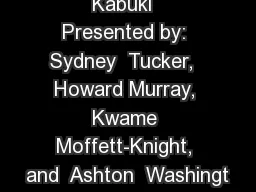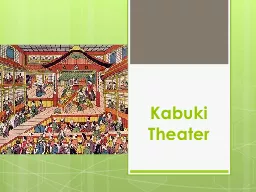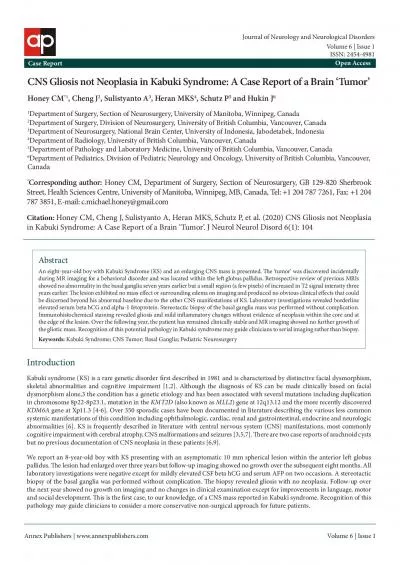PPT-Kabuki Presented by: Sydney Tucker, Howard Murray, Kwame Moffett-Knight, and Ashton
Author : min-jolicoeur | Published Date : 2018-02-05
Who created Kabuki Created by a woman named Okuni from Kyoto She is an entertainer who is best known in history for founding a Japanese dance style Kabuki Comes
Presentation Embed Code
Download Presentation
Download Presentation The PPT/PDF document "Kabuki Presented by: Sydney Tucker, H..." is the property of its rightful owner. Permission is granted to download and print the materials on this website for personal, non-commercial use only, and to display it on your personal computer provided you do not modify the materials and that you retain all copyright notices contained in the materials. By downloading content from our website, you accept the terms of this agreement.
Kabuki Presented by: Sydney Tucker, Howard Murray, Kwame Moffett-Knight, and Ashton: Transcript
Download Rules Of Document
"Kabuki Presented by: Sydney Tucker, Howard Murray, Kwame Moffett-Knight, and Ashton"The content belongs to its owner. You may download and print it for personal use, without modification, and keep all copyright notices. By downloading, you agree to these terms.
Related Documents














